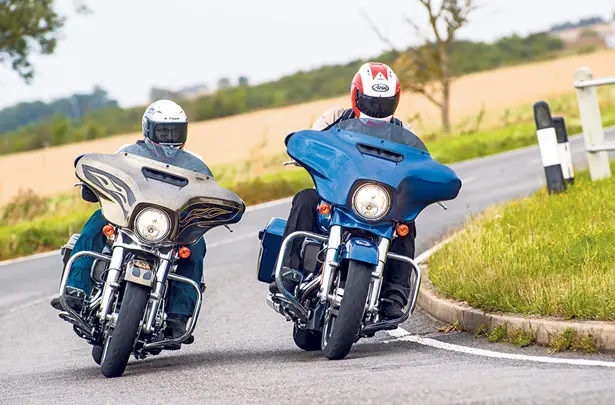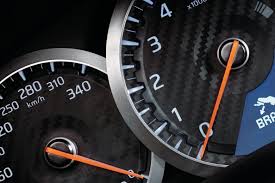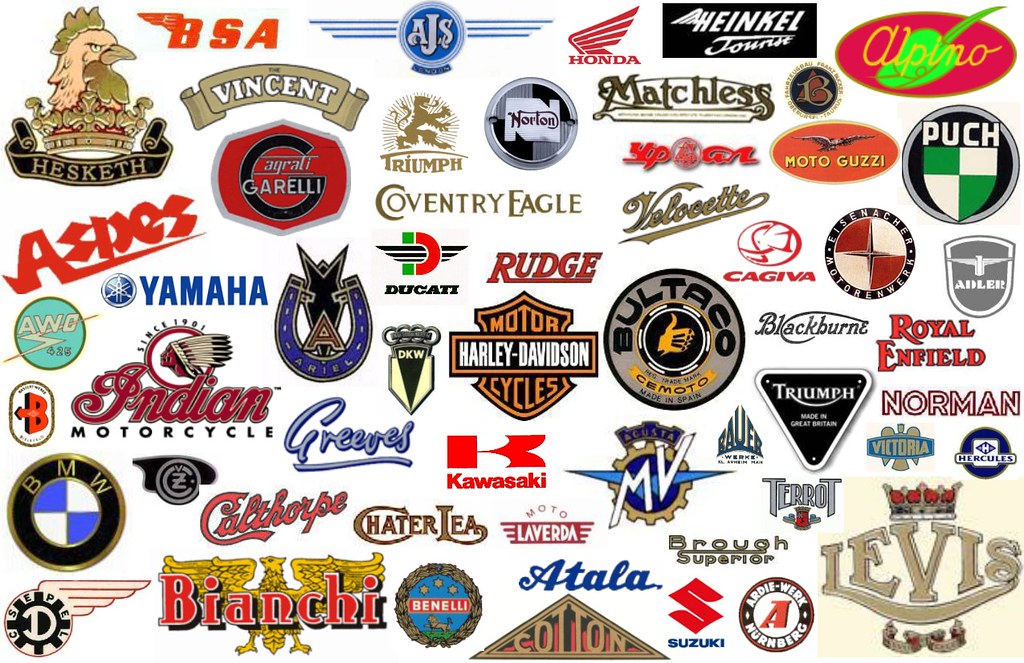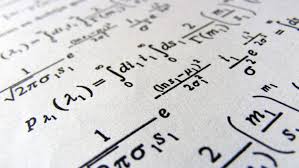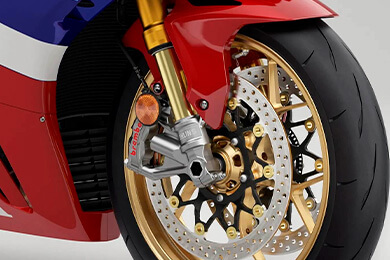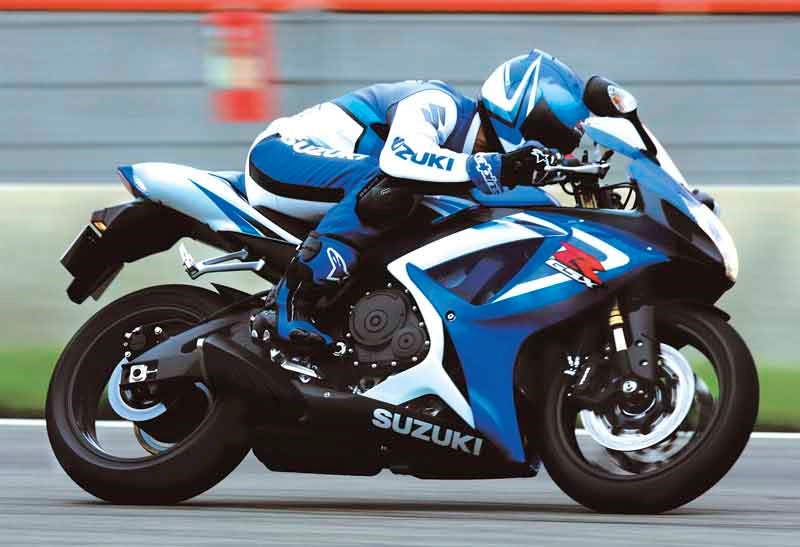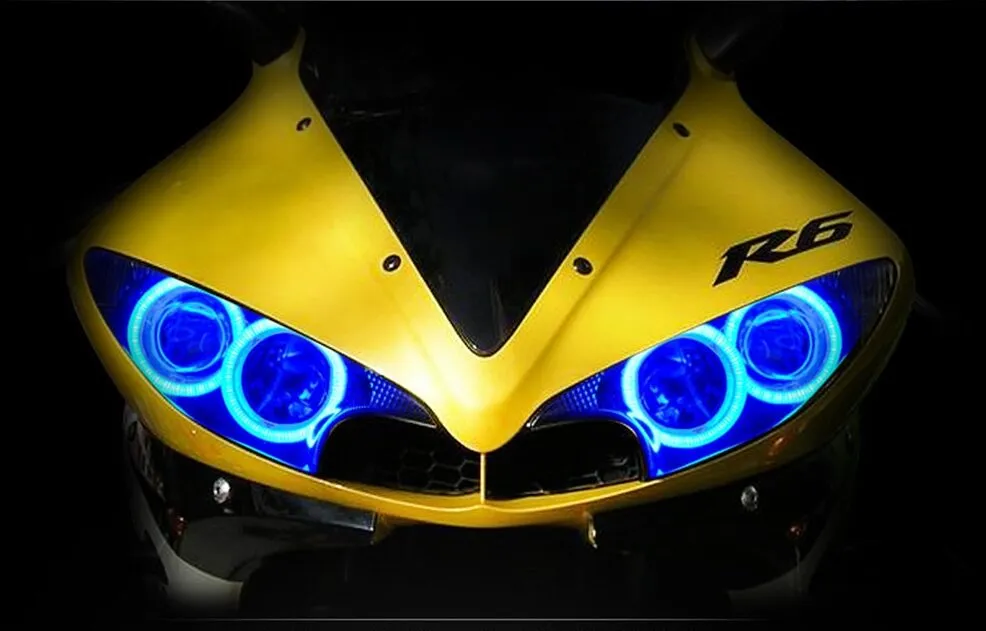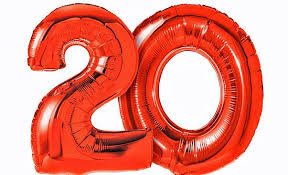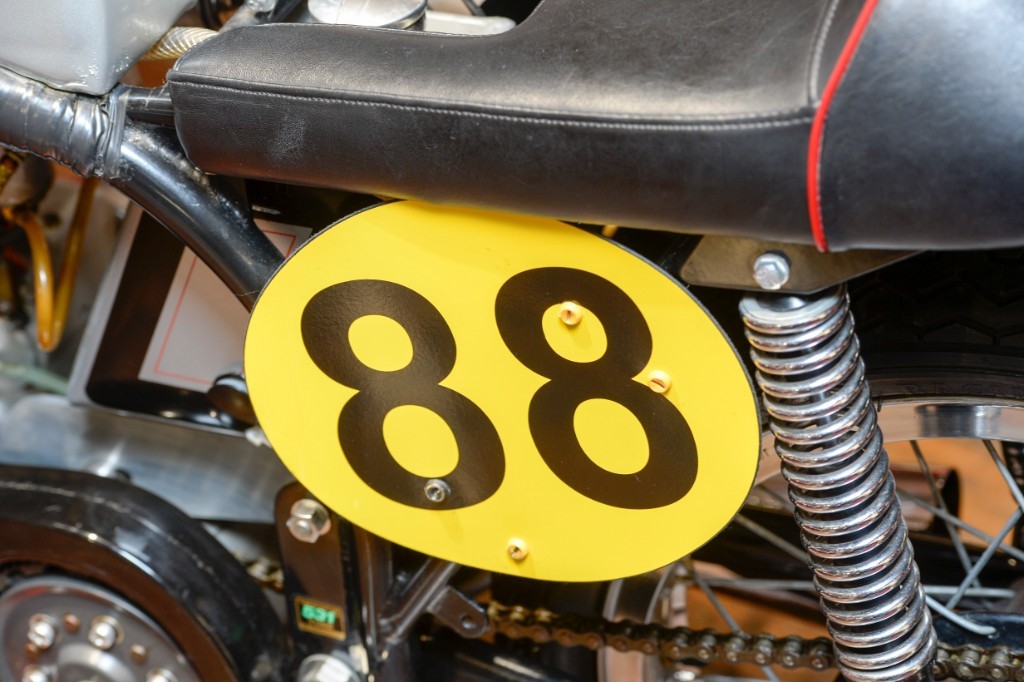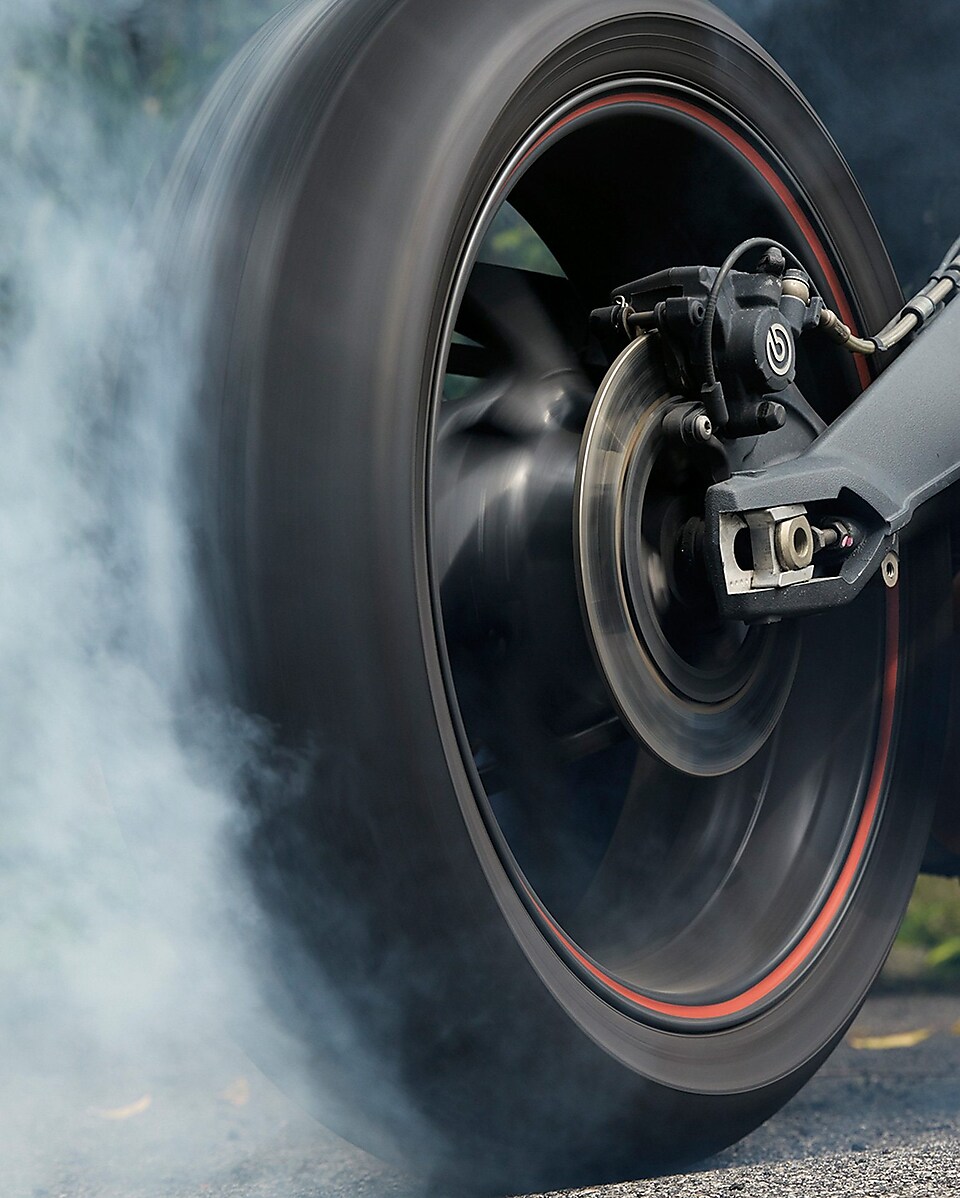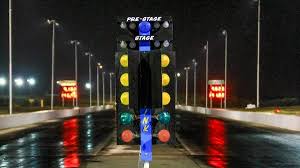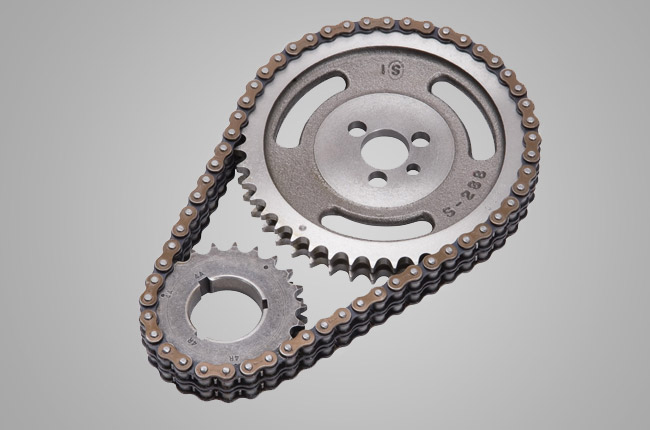
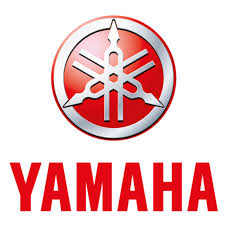

This edition of the Yamaha XJ 6 DOHC is the 6 speed | Manual version and was first brought out in 2015. This was at around the same time as the introduction of the 2016 Yamaha XSR 700 Twin and the 2015 Honda AF24 Giorno.This particular Yamaha XJ 6 has a 600cc Liquid cooled, Two stroke, Wankel Petrol powerplant with 4 cylinders and Electronic Fuel Injection.
The 2015 XJ 6 shares its Wankel engine and Standard style configuration with the likes of the 1989 Suzuki GS 500 E and the 1966 Norton Dunstall 750. Alternatively, if you're looking for other bikes which share the XJ 6's Standard style with a similar size of engine then how about the 1989 Suzuki GS 500 E | 1989cc.2024 Kawasaki Z7 Hybrid | 2024cc.
Weighing in at 205 kgs (451 lbs) this makes the Yamaha XJ 6 DOHC in the same weight category as the 2025 Suzuki SV 650 ABS or the 2025 Kawasaki Z 900 DOHC, give or take 50kg.
In terms of power the 600cc 16 valve Wankel 4 cylinder engine produces 78 bhp (58 kW) @ 10000 rpm similar to the 2025 Yamaha MT-07 Twin Cylinder [73.4 bhp (54 kW) @ 8750 rpm] or the 2025 Yamaha Tenere 700 [72.4 bhp (53 kW) @ 9000 rpm].
The DOHC Two stroke unit throws out torque of 44.0 lb-ft (59.7 Nm) @ 8500 rpm placing it alongside motorbikes of similar performance figures such as the 2025 Honda X-ADV 745 [50.9 lb-ft (69.0 Nm) @ 4750 rpm] and the 2025 Suzuki SV 650 ABS [47.2 lb-ft (63.9 Nm) @ 8100 rpm].
If one combines the weight with power or torque performance for the Yamaha XJ 6 you can get a better idea of it's real world performance.
The 2015 Yamaha XJ 6 DOHC has a Power to weight ratio of 380.4 bhp per ton and 214.7 lb-ft per ton. Bhp Per Ton figures of the 2015 XJ 6 competing with the 2024 Suzuki GSX 8 R [405.3 bhp\ton] and the 2002 Suzuki GSX 750 F Katana [405.2 bhp\ton].
If you agree with the late great Carroll Shelby, then arguably an even better indicator of potential performance is Torque. Factor weight into the equation and you end up with - Torque per ton, with the Yamaha XJ 6 generating around 214.7 lb-ft per ton. If you're curious as to what other motorbikes have as much torque to weight then look no further than the 1986 Yamaha XT 600 Single [239.5 lb-ft per ton] and the 1985 Yamaha XT 600 Single [239.5 lb-ft per ton].
With a 0-60mph time of 9.7 secs or a 0-100km/h (0-62mph) of 9.9 secs, this makes the Yamaha XJ 6 DOHC similar in acceleration to the 2023 Yamaha Tracer 7 Twin (9.7 secs) and the 2023 Yamaha Tracer 7 Twin GT (9.7 secs). This Yamaha XJ 6 DOHC also competes in terms of 0-60 mph and 0-100km/h with the 2018 Honda CB 250 R Neo Sports Cafe (0.0 secs) and the 2020 Norton Superlight SS (0.4 secs).
When talking about the performance of the 2015 Yamaha XJ 6 DOHC on the drag strip it can reach a quarter mile in an estimated 0 secs @ 0 mph. Bikes with a similar performance down the quarter mile can be found in the 2012 Honda NC 700 X DCT (0 secs) and the 1981 Honda XL 185 S (0 secs).
The 2015 version of the Yamaha XJ 6 DOHC has a maximum speed of 135mph.
If maxing out your bike on the AutoBahn is your thing and you're wondering what's faster at the top end than the 2015 Yamaha XJ 6 DOHC then how about a 2005 Honda CB 900 F Hornet (146 mph) and the 2002 Honda CB 900 F Hornet (146 mph).


Yamaha IT 250 Single Cylinder
Engine Capacity: 246 cc
Top Speed: 70 mph
Quarter Mile: 16.1 secs @ 0 mph




